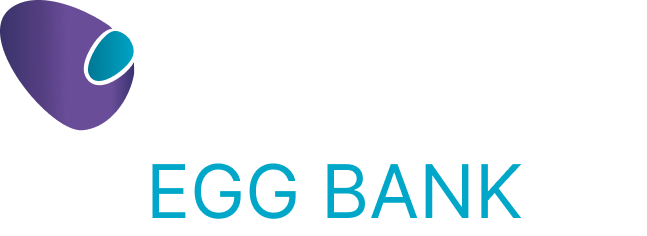In recent years, a growing number of tech companies have begun offering egg-freezing benefits to their employees. This trend aims to provide women with greater control over their reproductive timelines, allowing them to focus on their careers without compromising future family planning. However, this development has sparked a debate about the implications of such benefits.
Companies Offering Egg-Freezing Benefits
In 2014, Facebook and Apple became pioneers in offering egg-freezing benefits to their employees. Following their lead, other tech giants such as Google, Yahoo, Intel, eBay, LinkedIn, and Uber have incorporated fertility coverage into their benefits packages. These offerings often include not only oocyte cryopreservation but also other reproductive treatments and adoption assistance. For instance, Yahoo’s benefits cover a wide range of fertility preservation treatments, including the freezing, storage, and subsequent thawing of eggs, sperm, and embryos, as well as adoption assistance.
The Rise of “Boutique” Fertility Start-Ups
This trend has led to the emergence of “boutique” fertility start-ups targeting millennials. Unlike traditional centers that primarily treat infertility, these start-ups emphasize the social aspect of fertility preservation, offering services that allow women to delay childbearing for personal or professional reasons.
The term “social egg freezing” refers to the practice of young women, usually under 35, cryopreserving their oocytes to achieve pregnancy at a later age when natural conception may be more challenging due to a decline in both the number and quality of their oocytes. According to a 2013 survey, approximately 80% of women who opted for social egg freezing did so due to the lack of a partner, while the remaining 20% cited career-related reasons.
Criticism and Concerns
Despite the perceived benefits, not everyone views these offerings positively. Critics argue that such benefits may pressure women to prioritize their careers over starting a family, ultimately serving the company’s interests more than the employees’.
They advocate for employers to provide better work-life balance initiatives and invest in childcare support instead. For example, Apple’s new $5 billion, 175-acre campus has been criticized for lacking an on-site nursery, highlighting a potential misalignment between the company’s benefits and the practical needs of employees with families.
Conclusion
The inclusion of egg-freezing benefits in employee compensation packages reflects a broader recognition of the importance of reproductive health and family planning in the workplace. While these benefits offer valuable options for women seeking to balance their careers and personal lives, it’s crucial to consider them as part of a comprehensive approach to employee well-being. Employers should also focus on creating supportive work environments that facilitate work-life balance and provide practical support for employees at all stages of life.

















